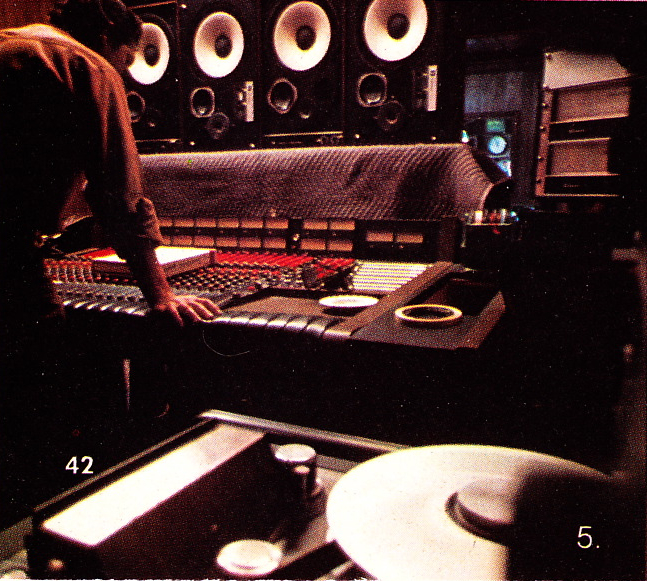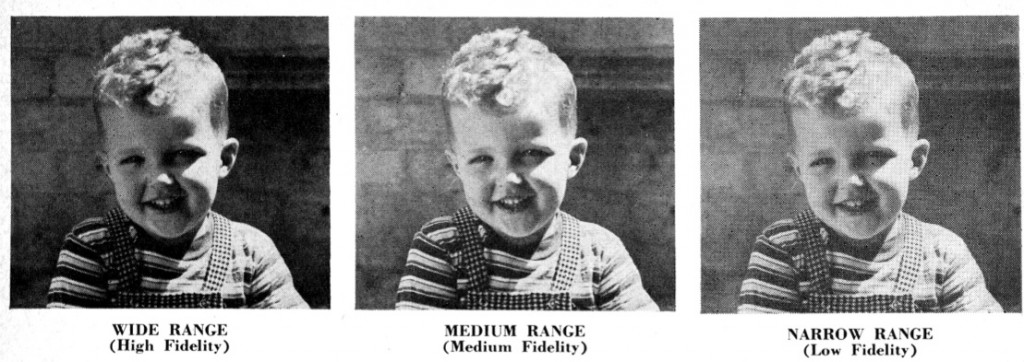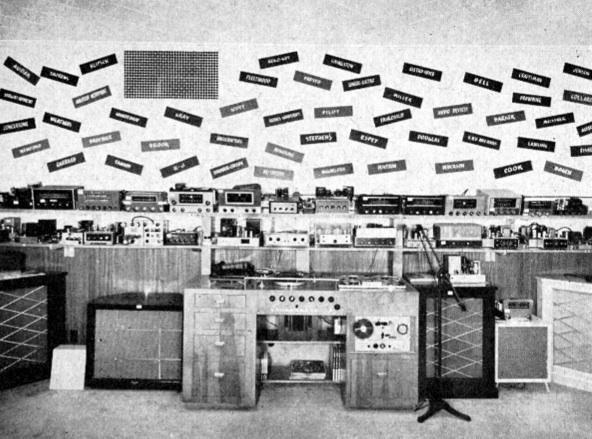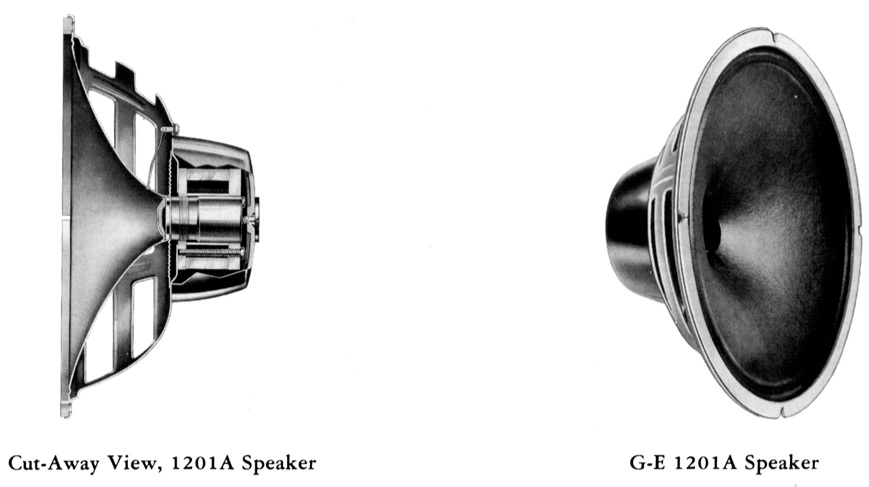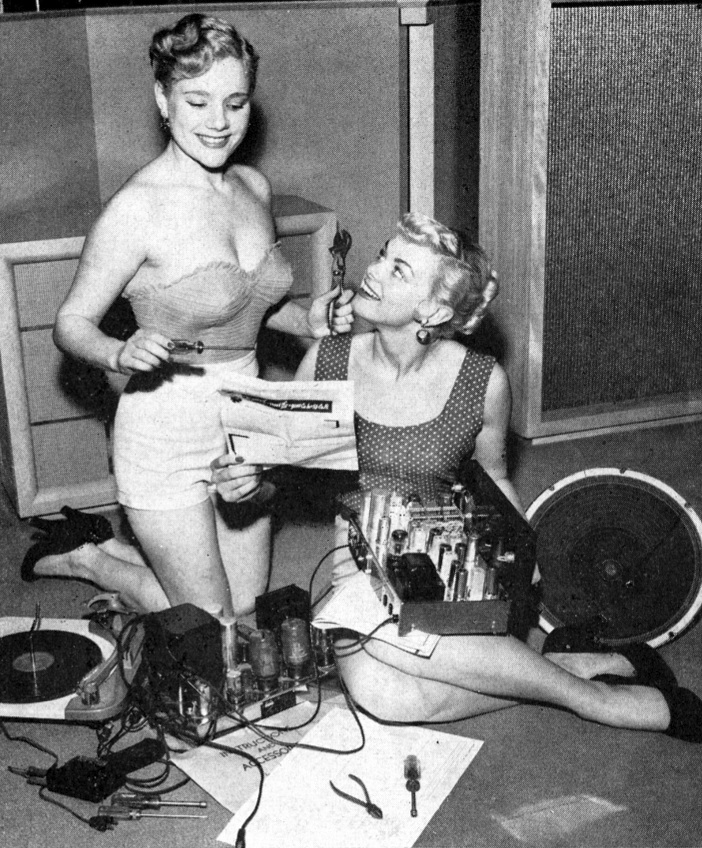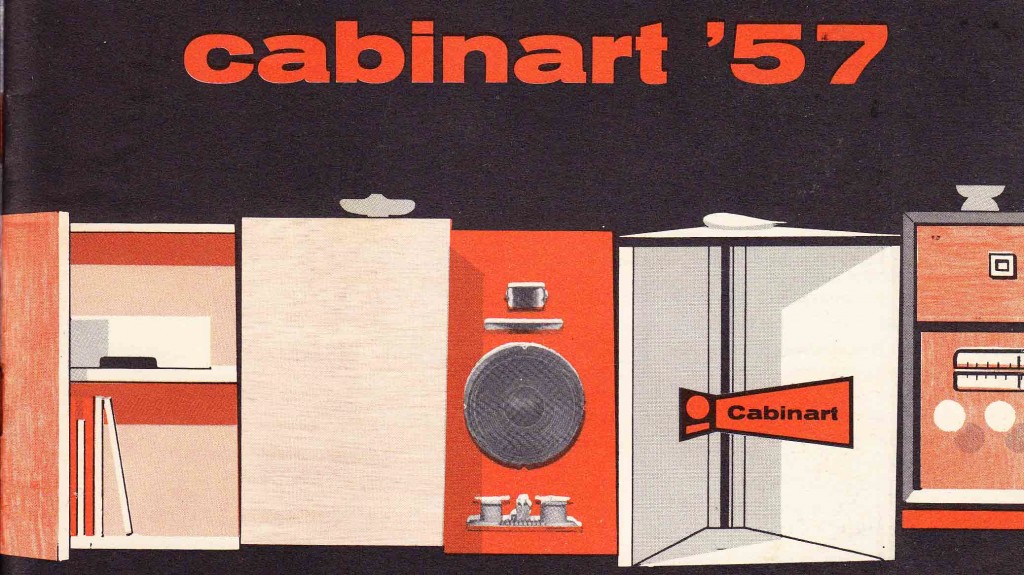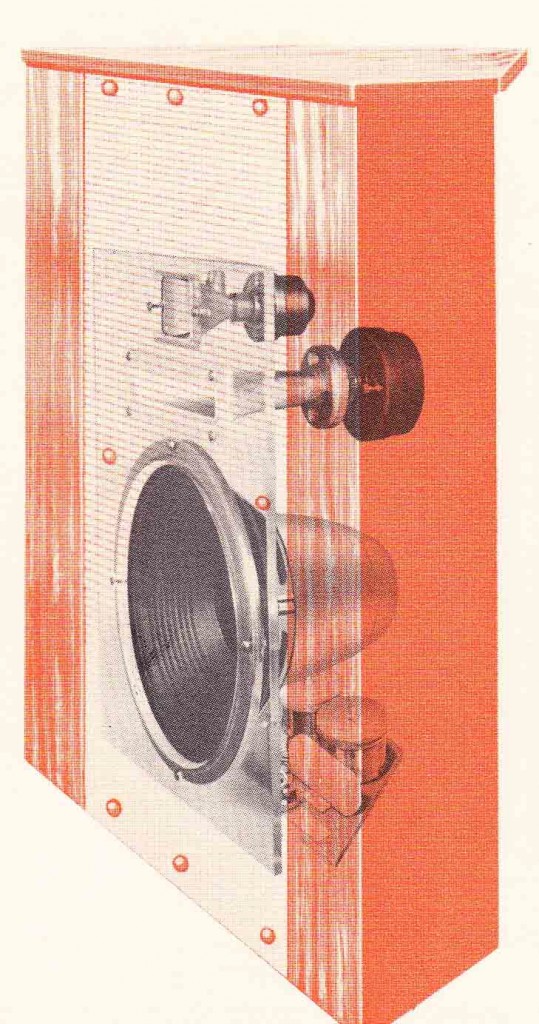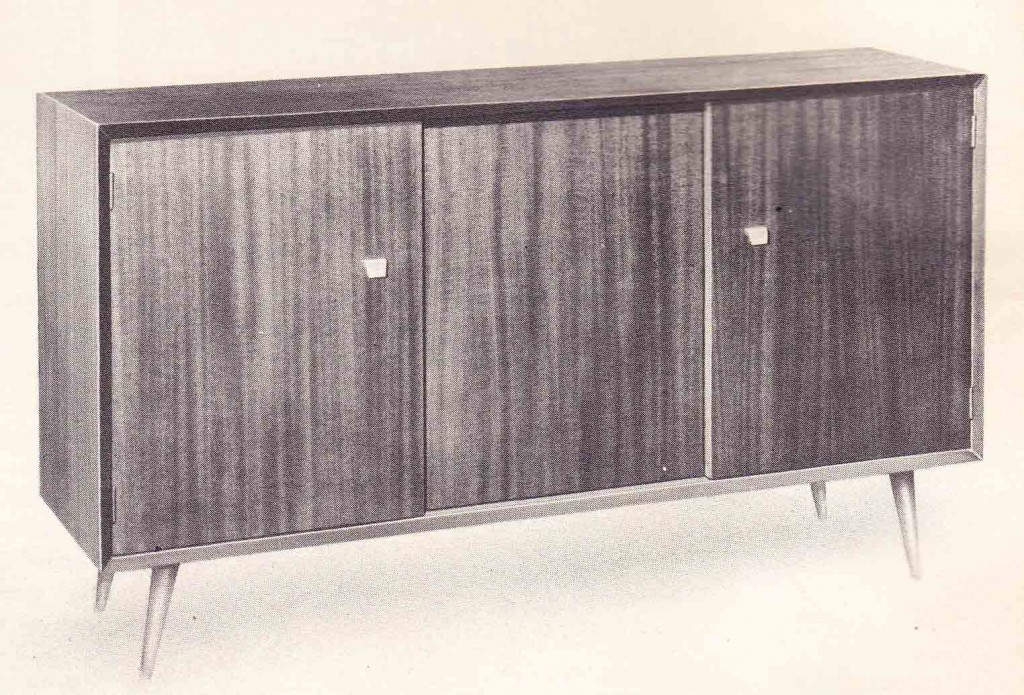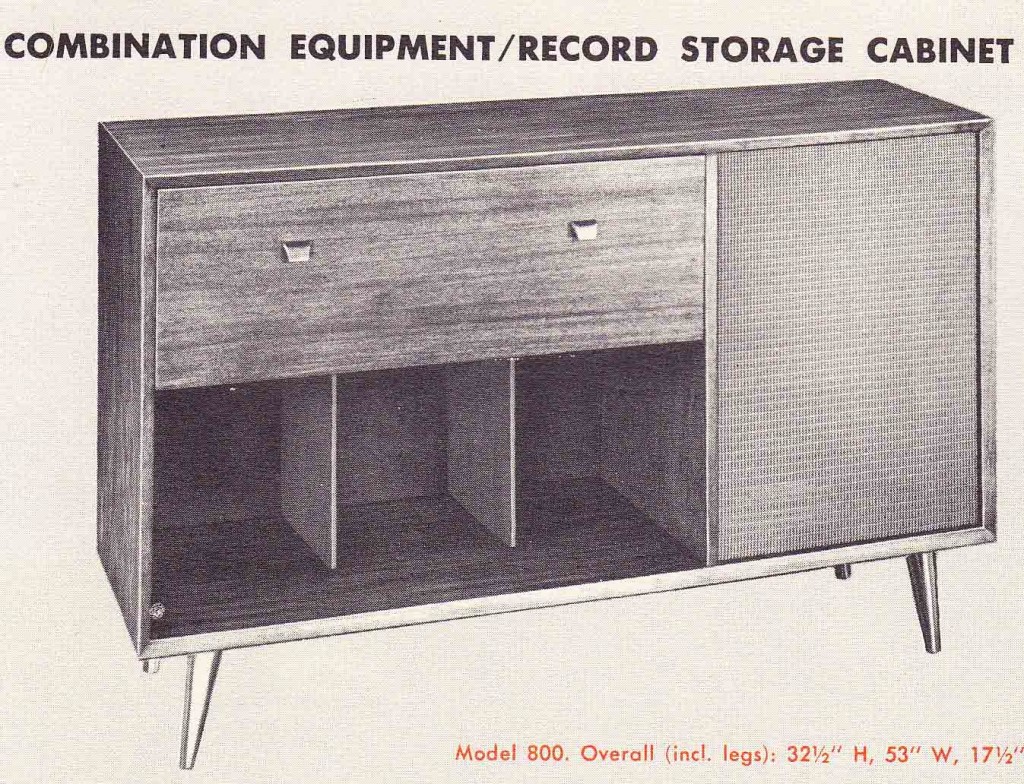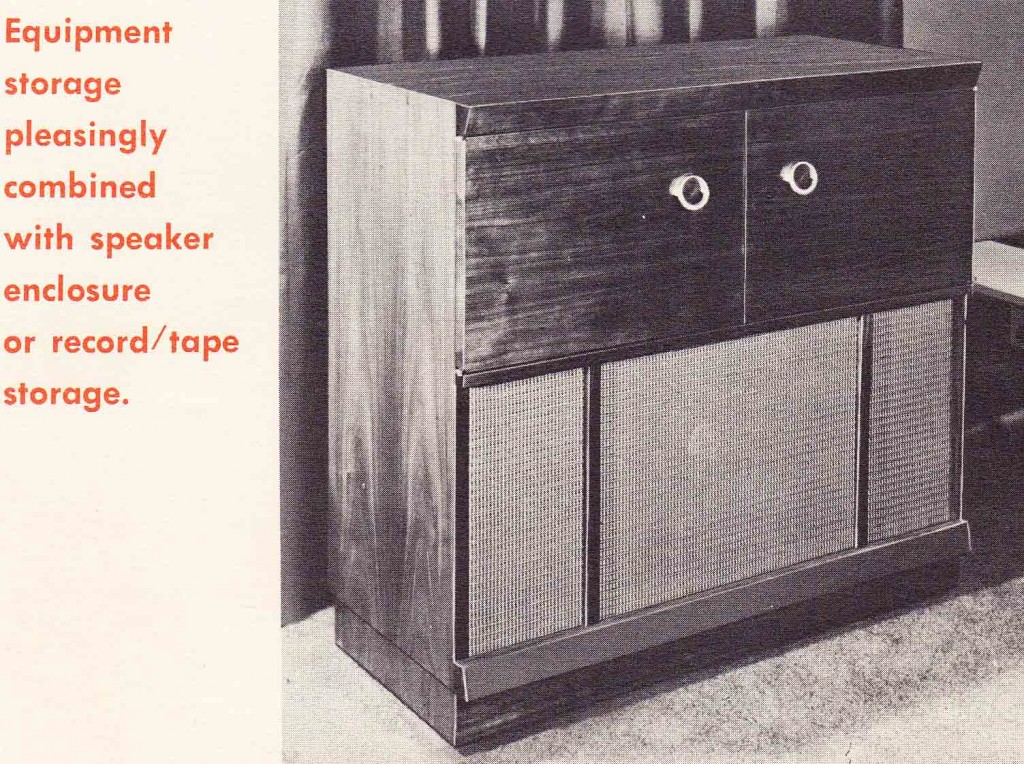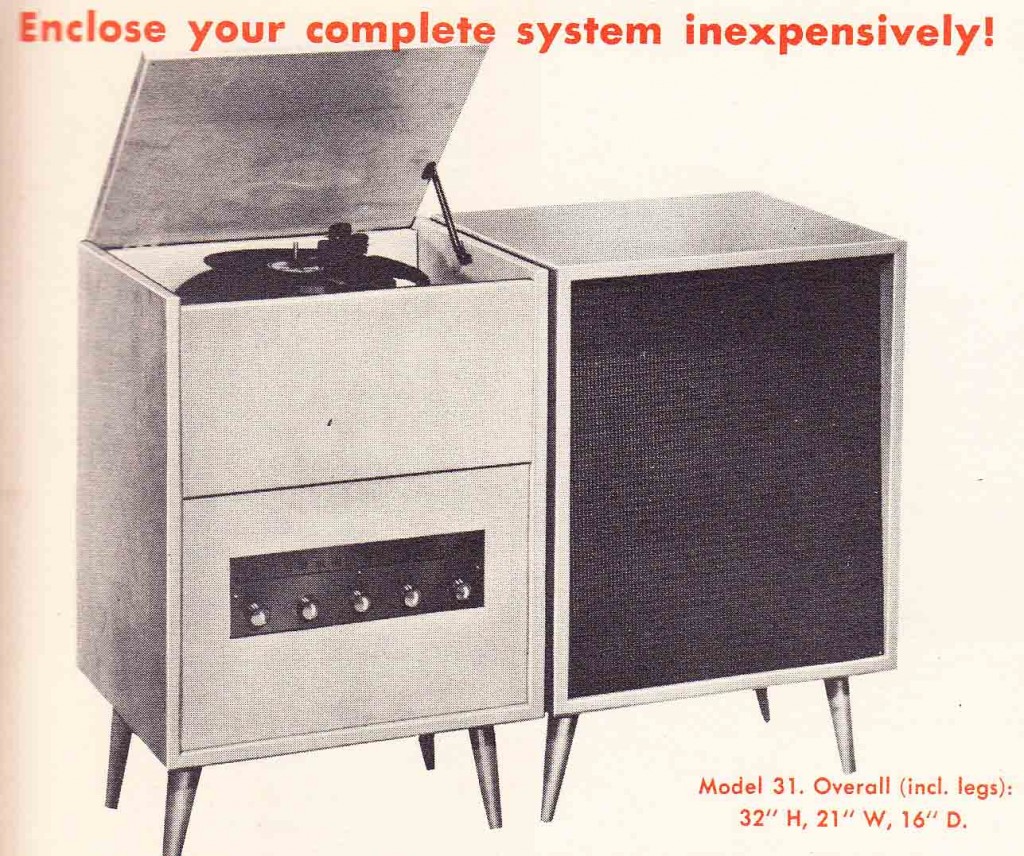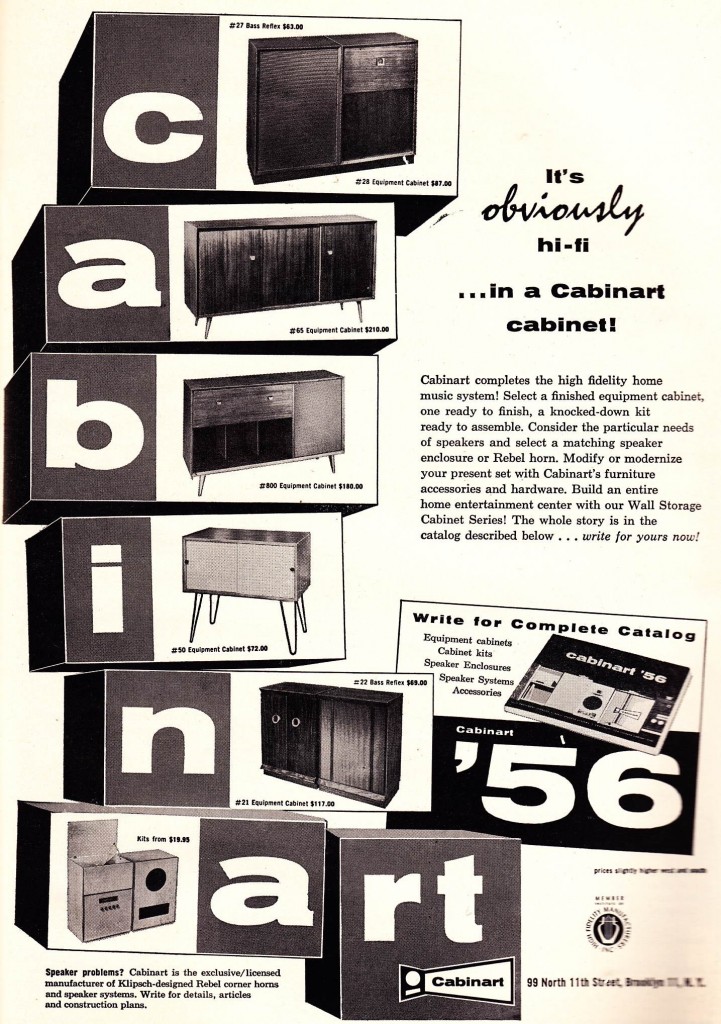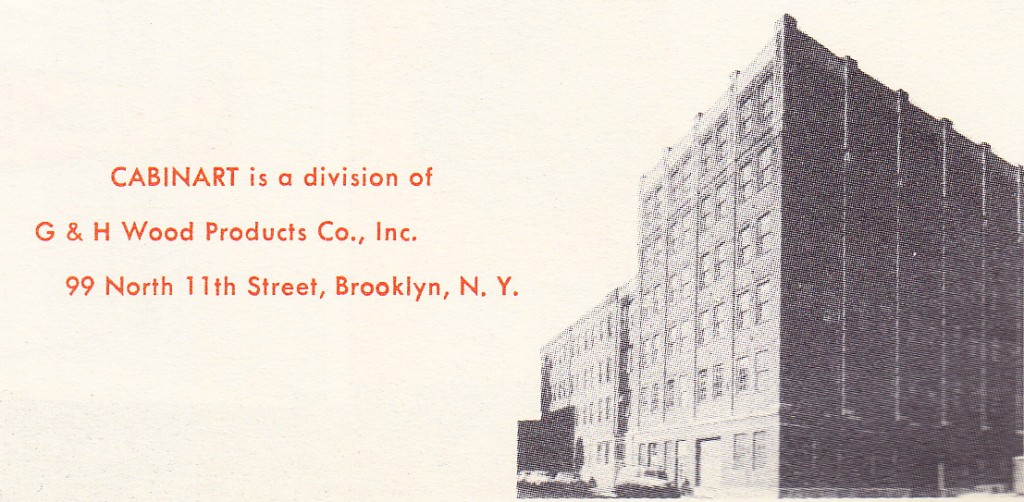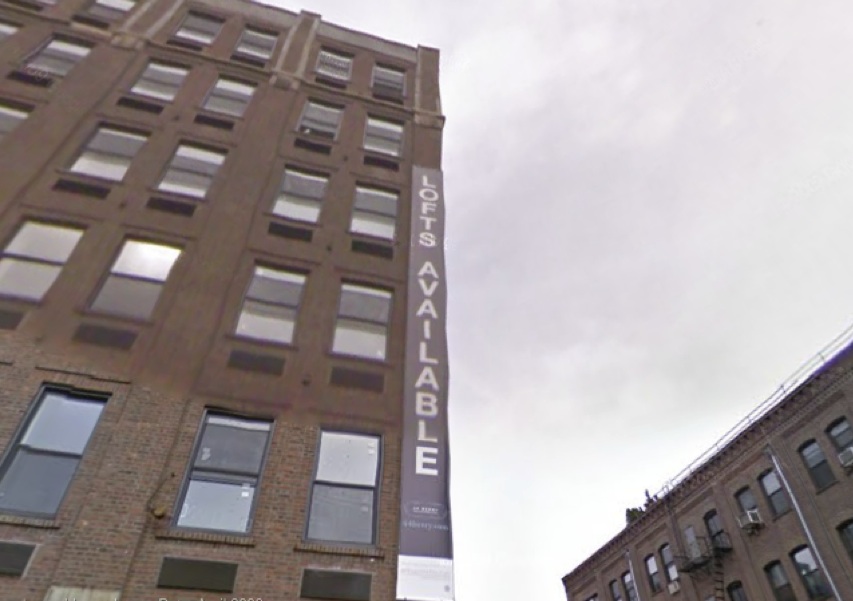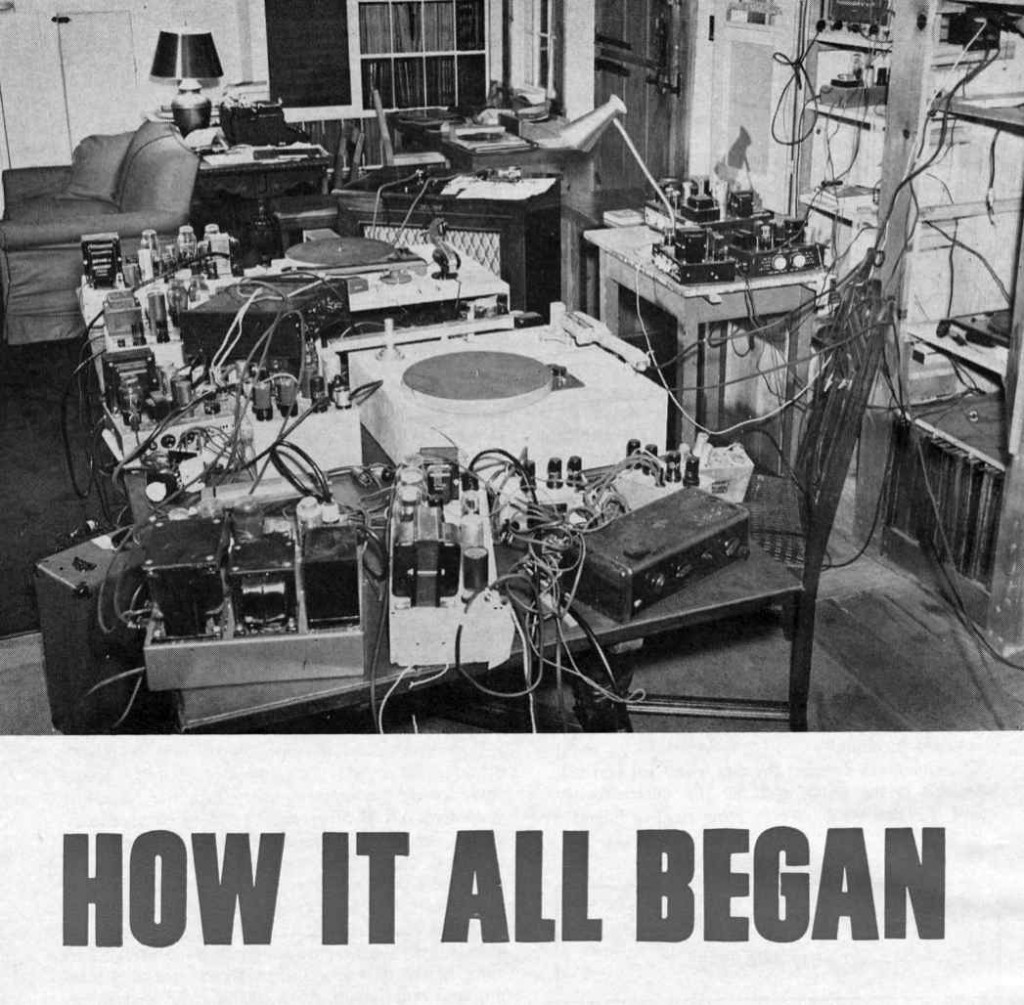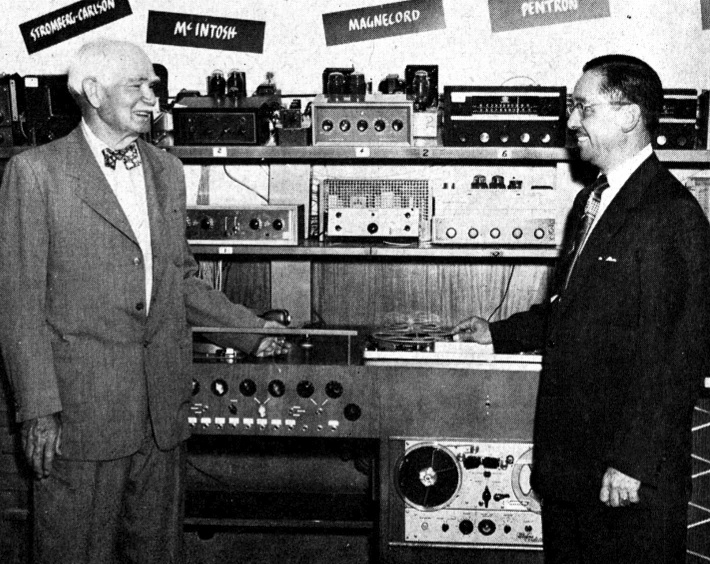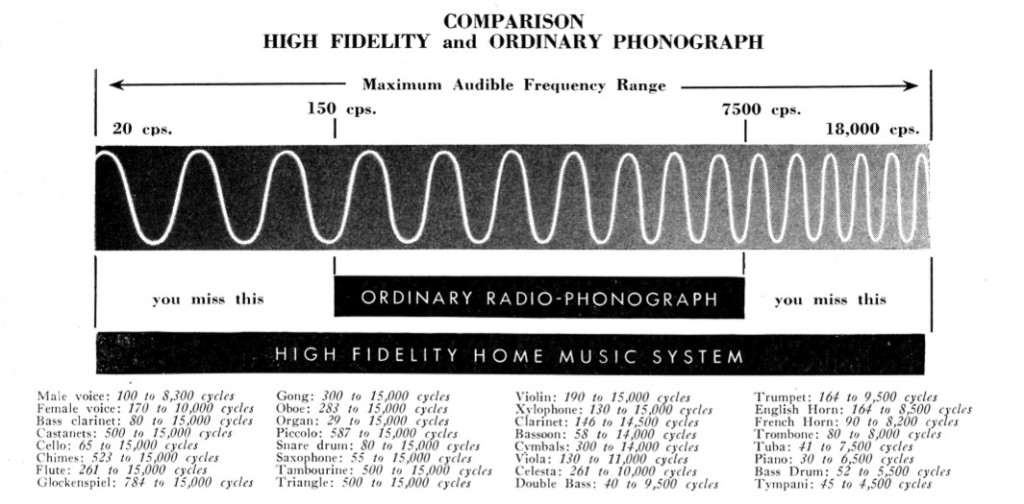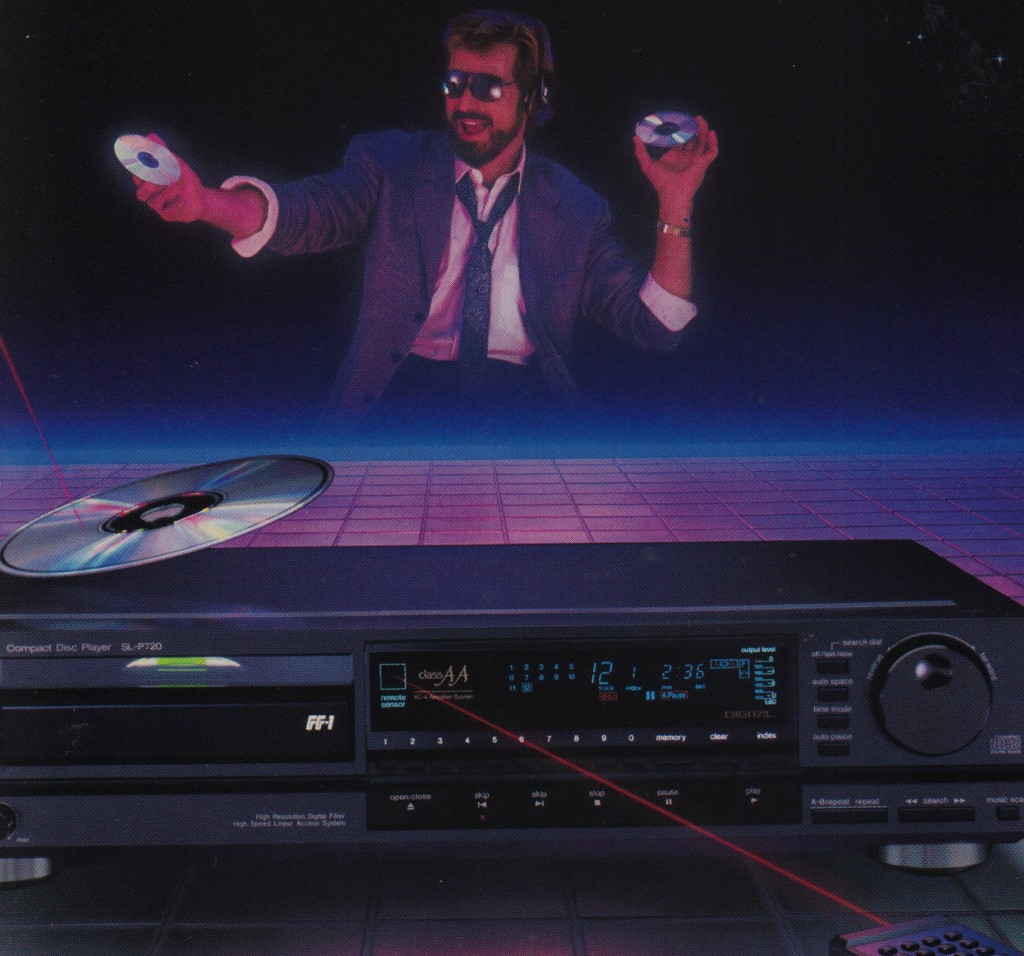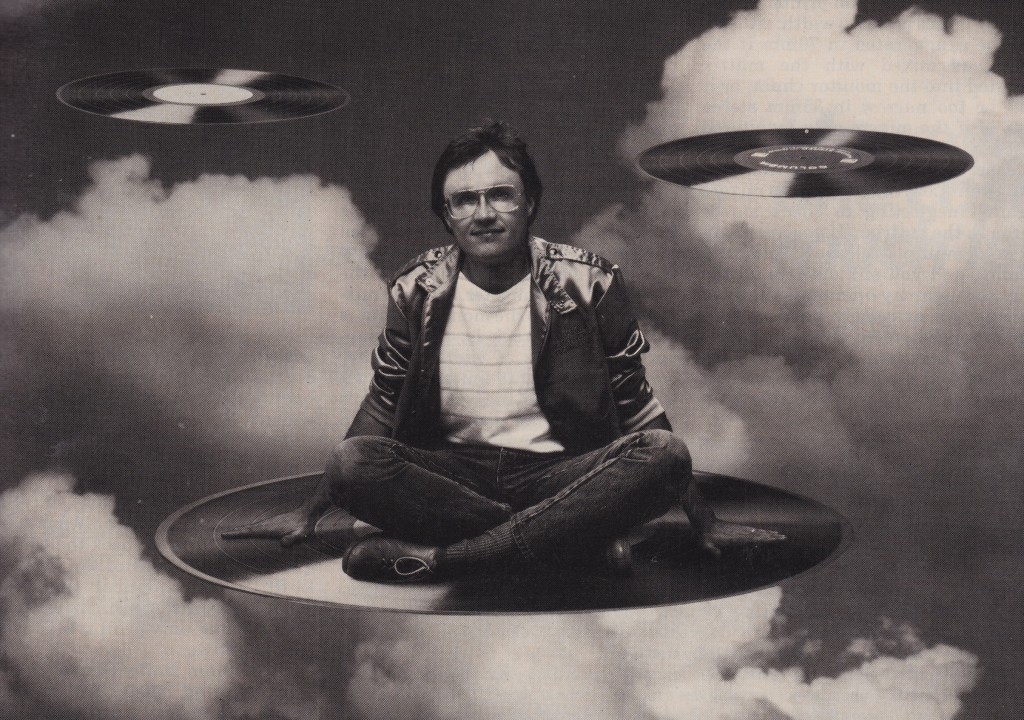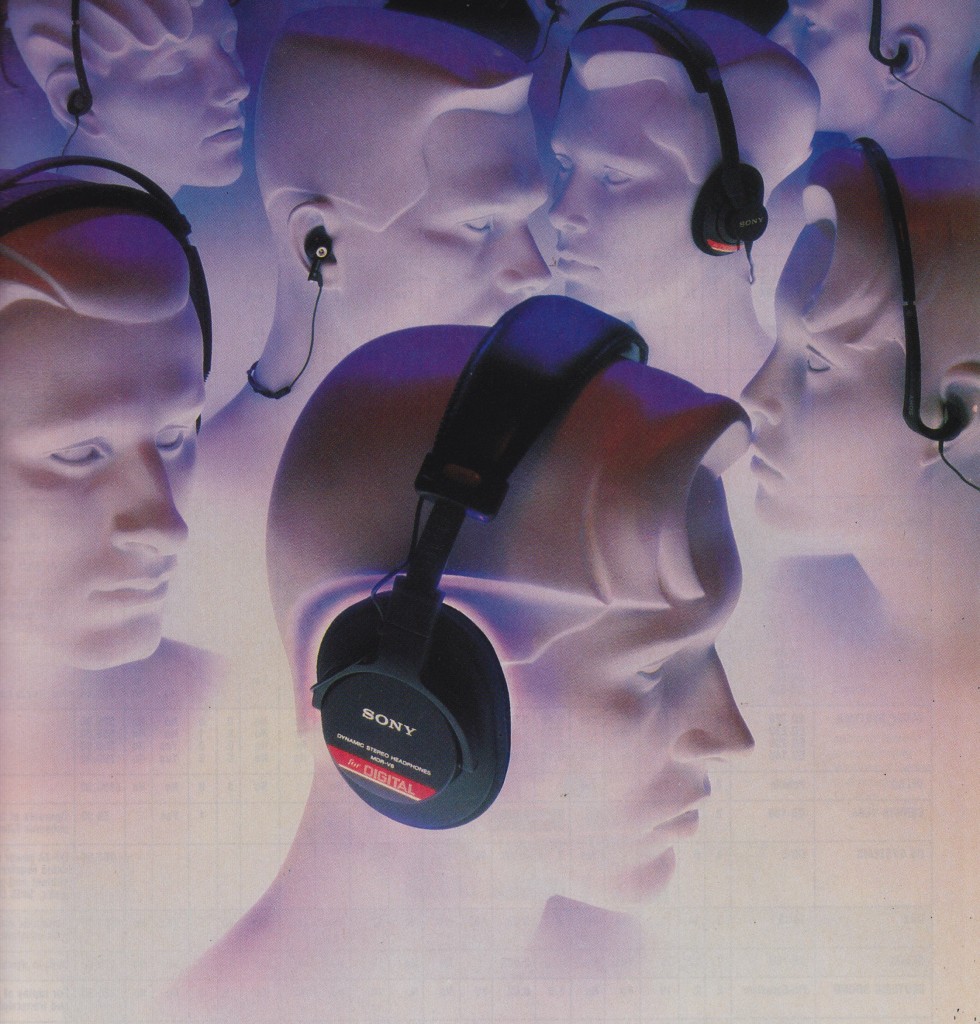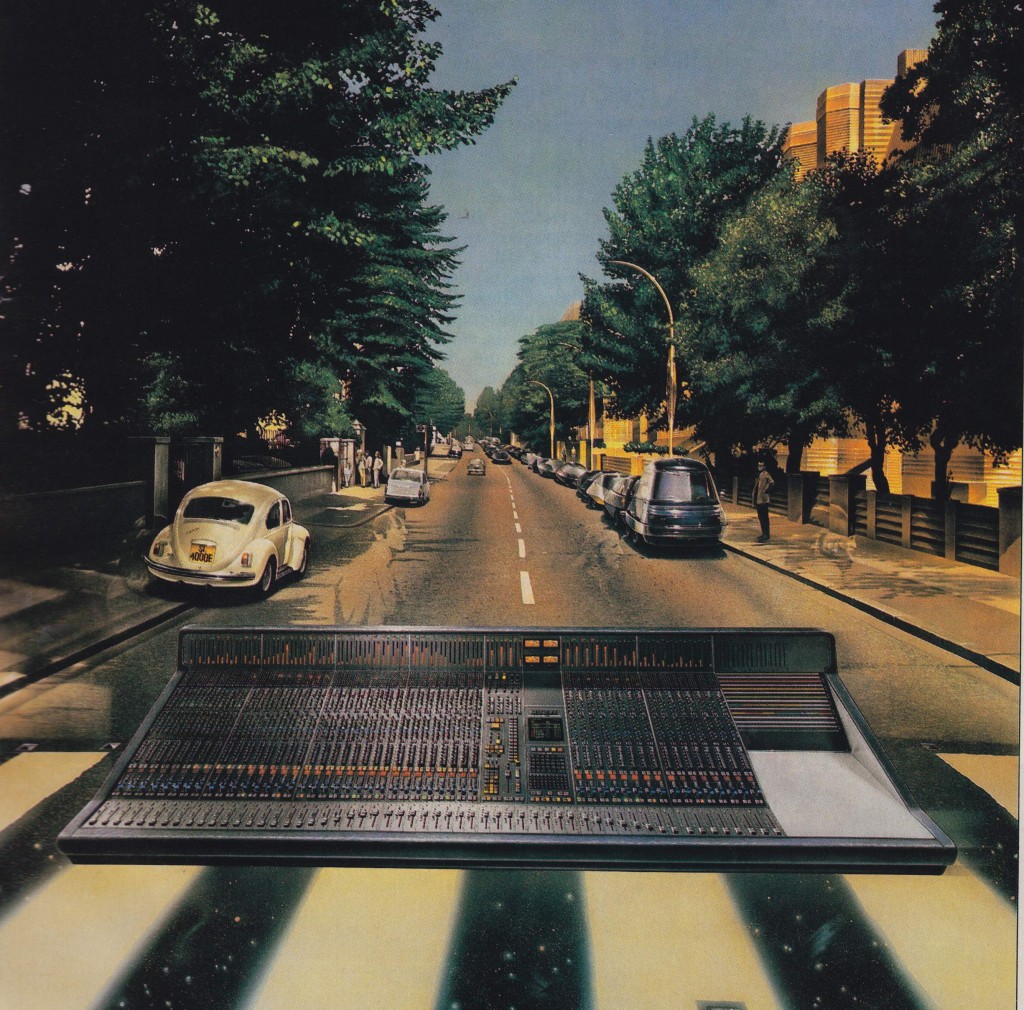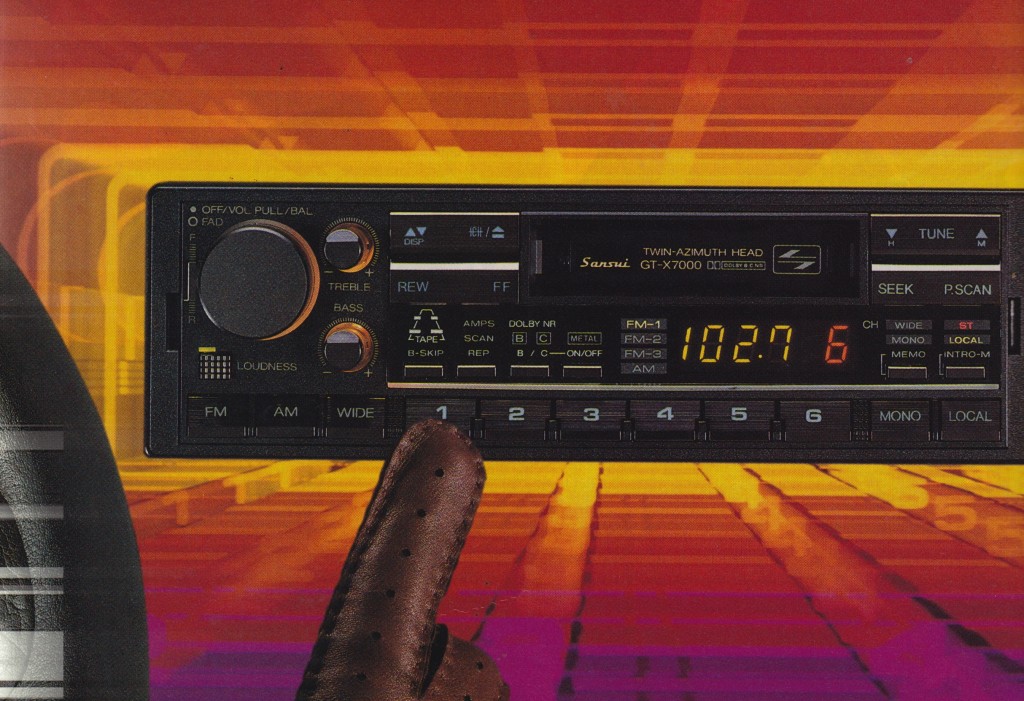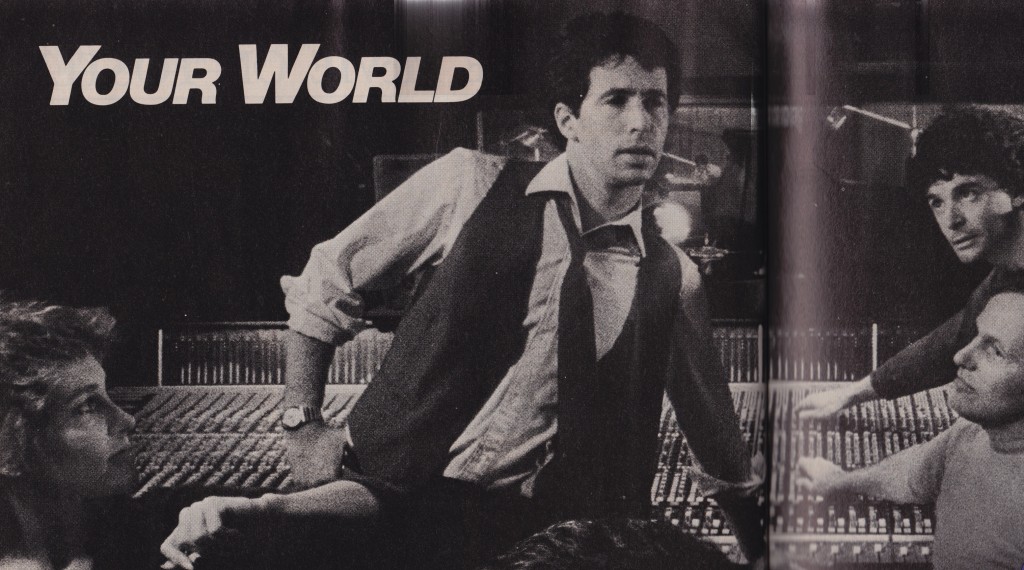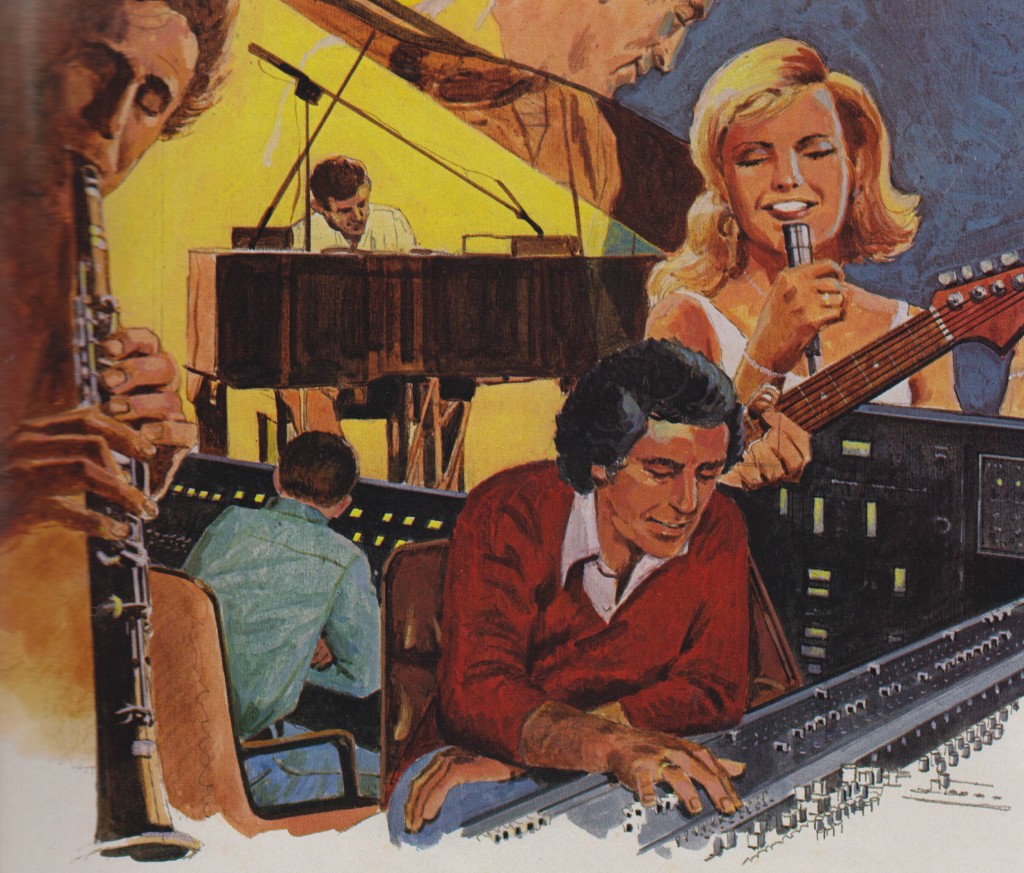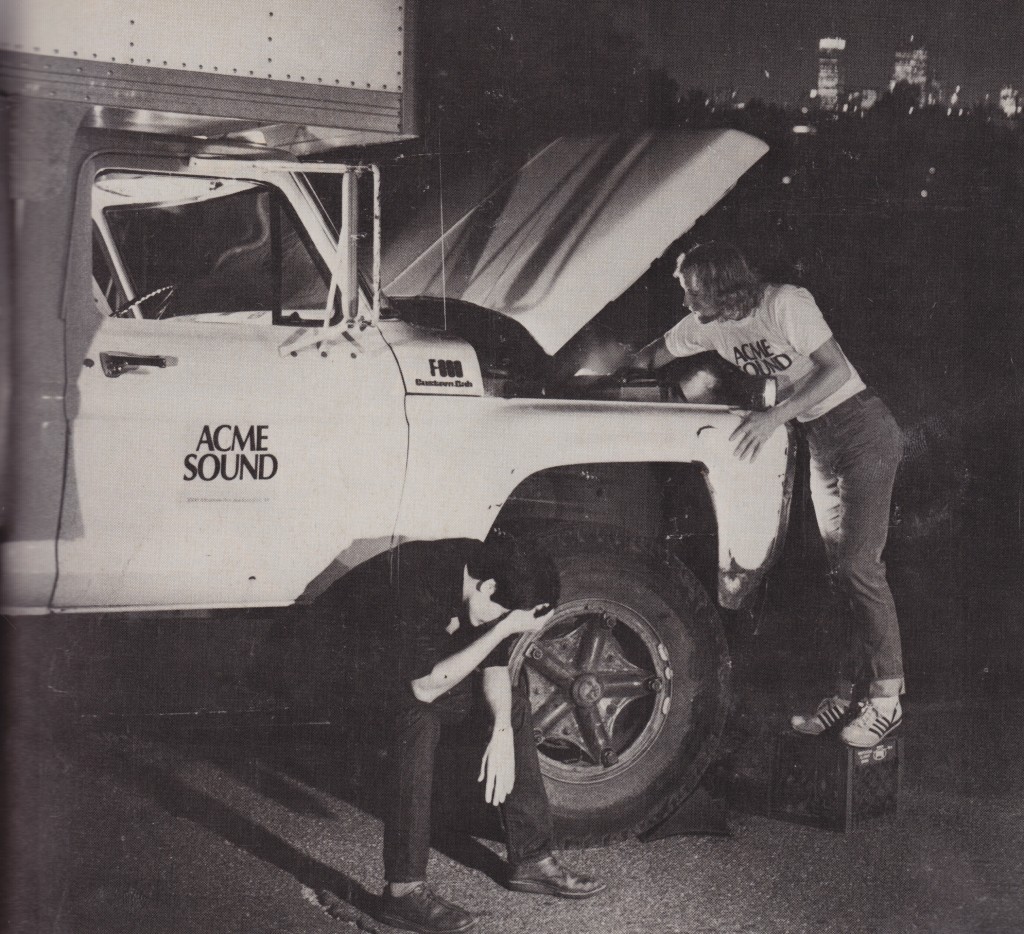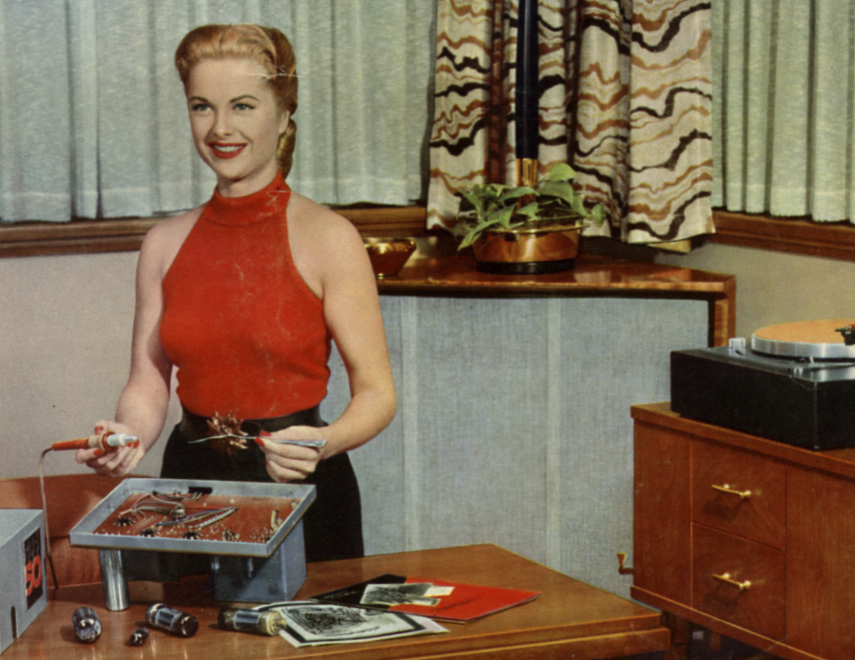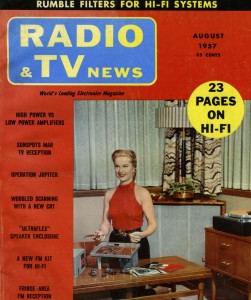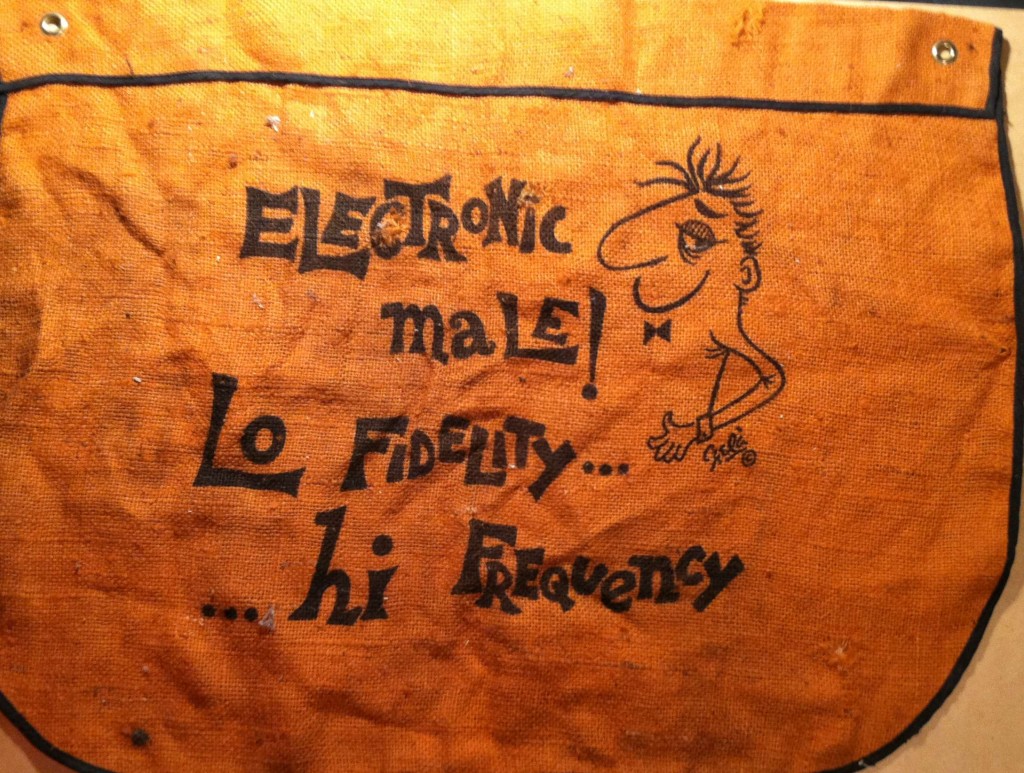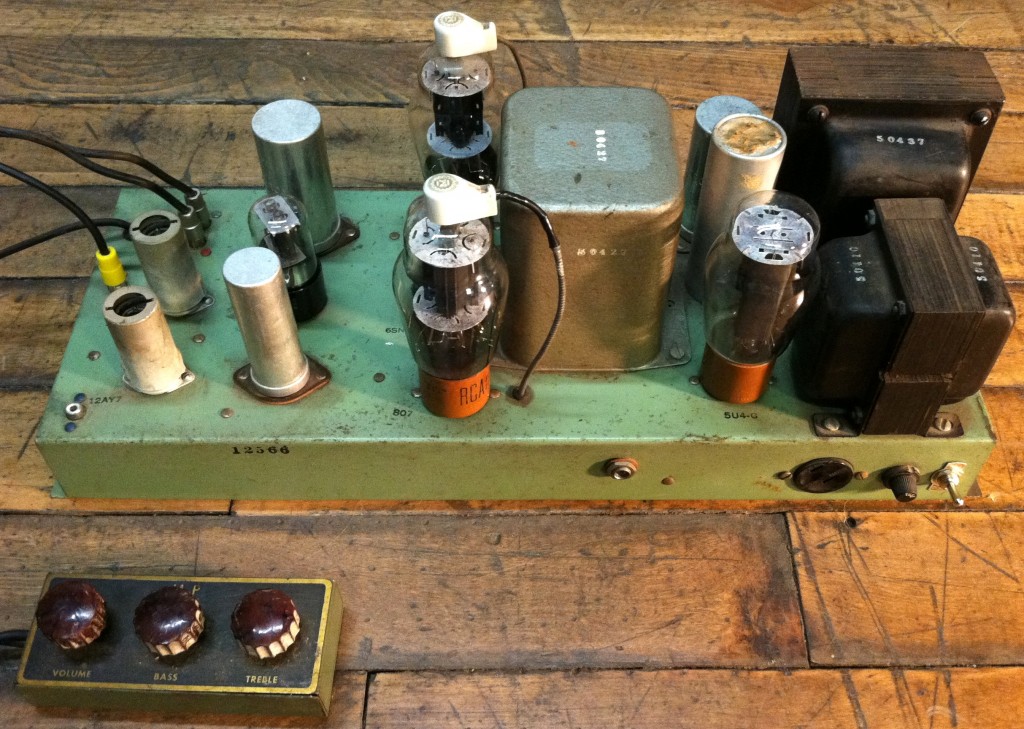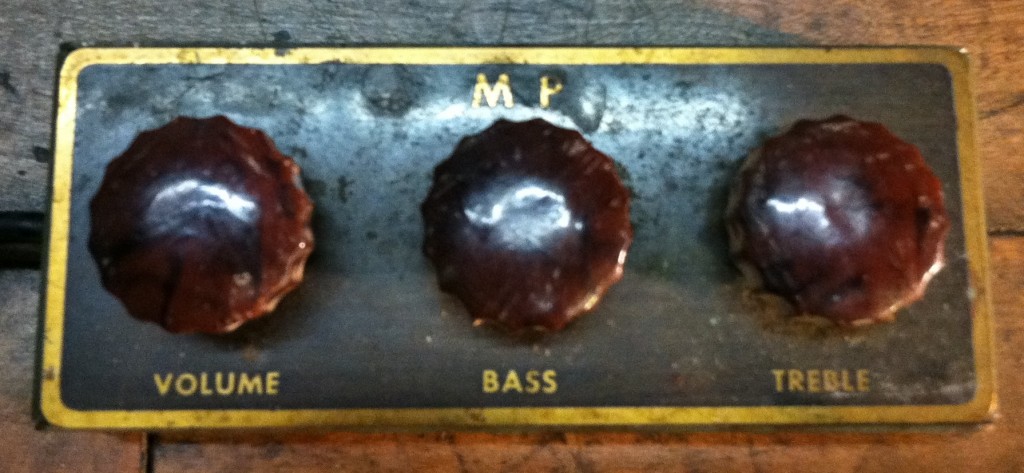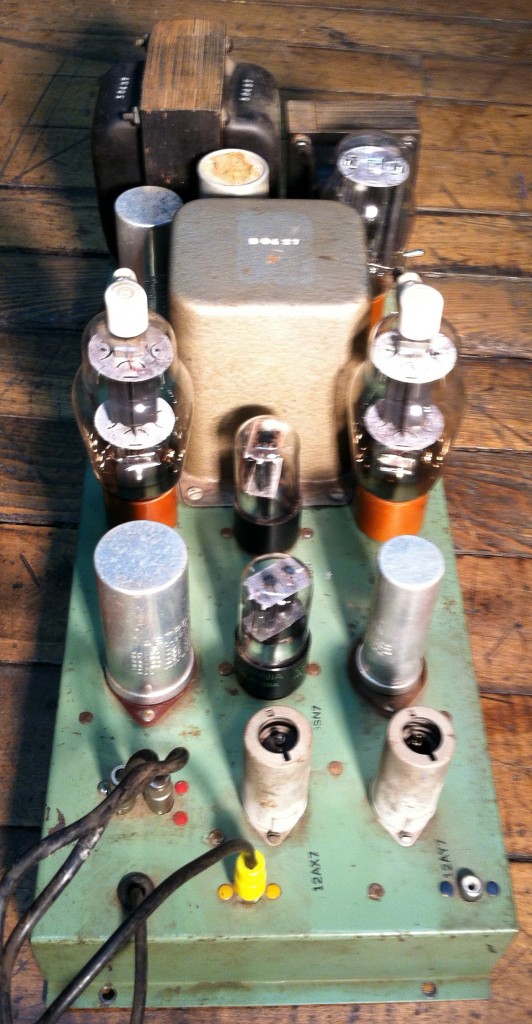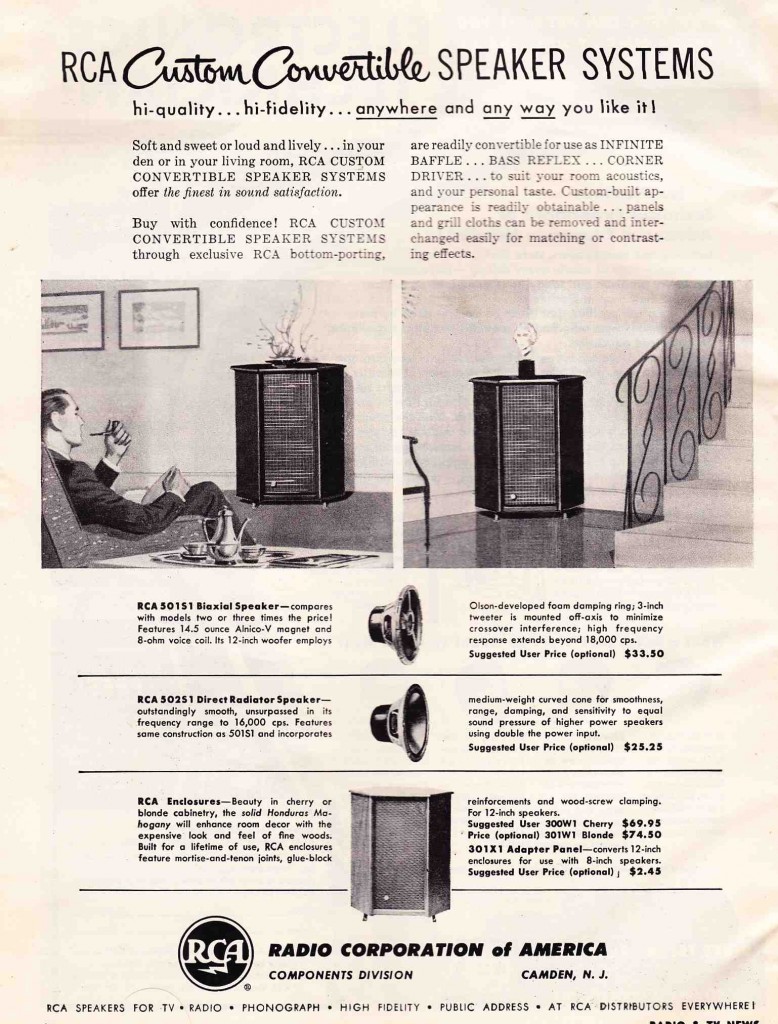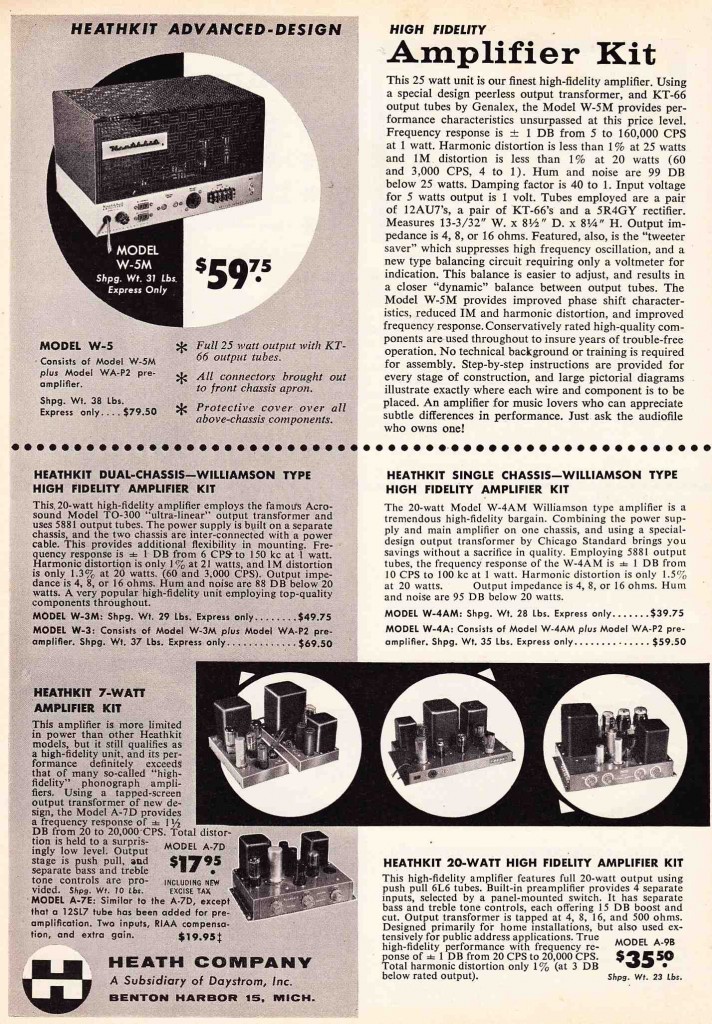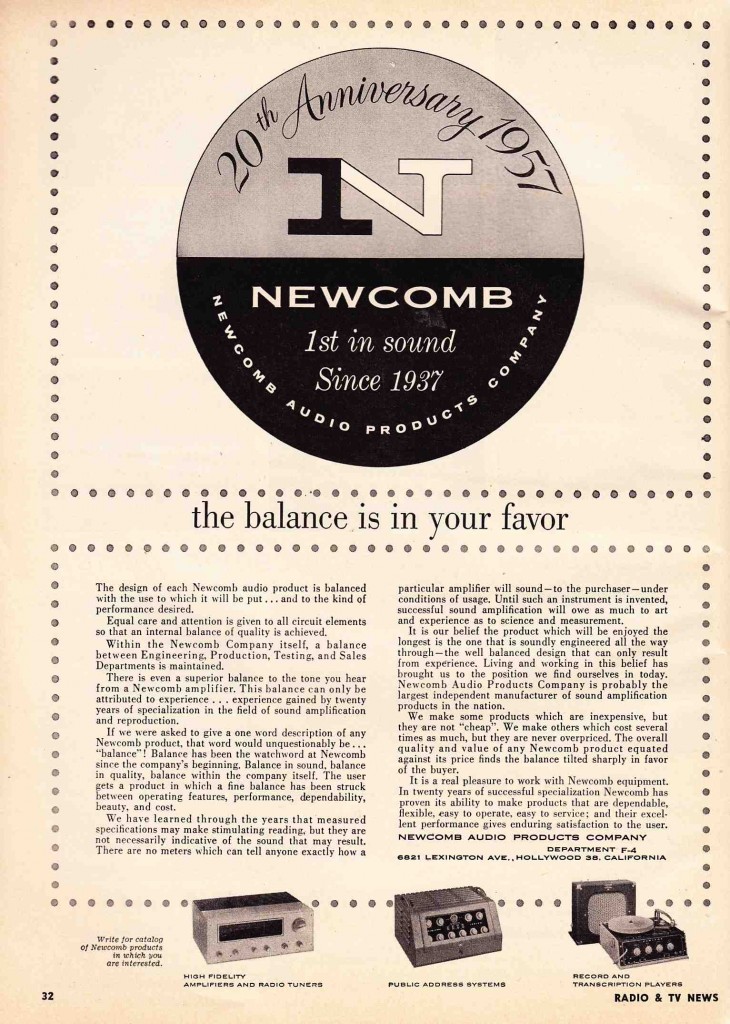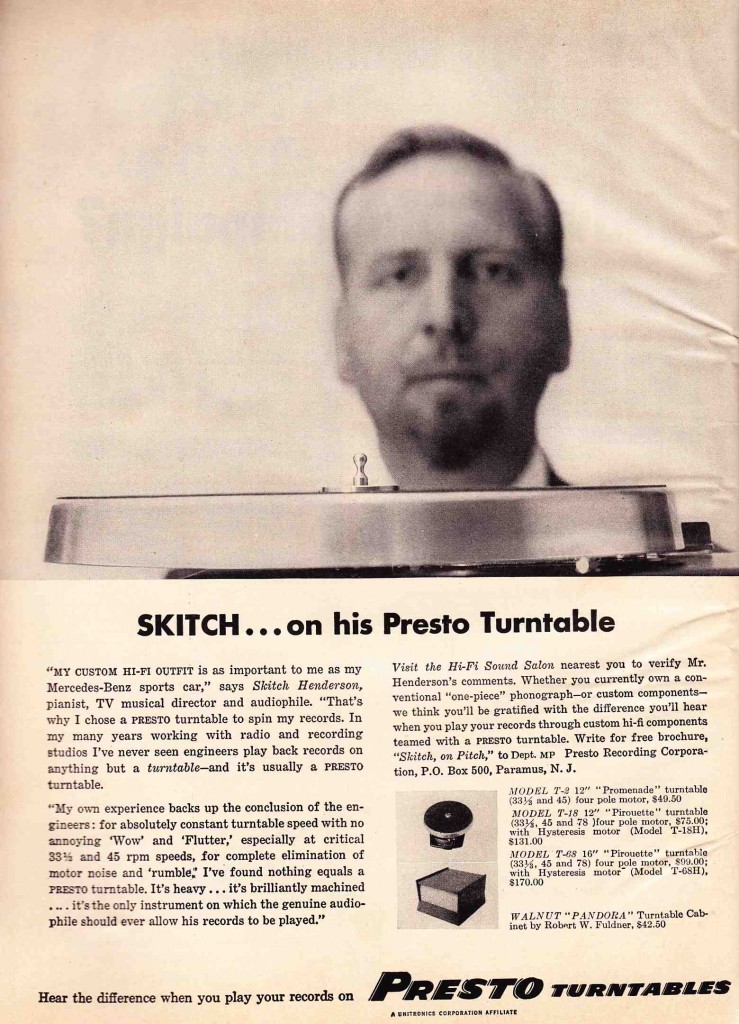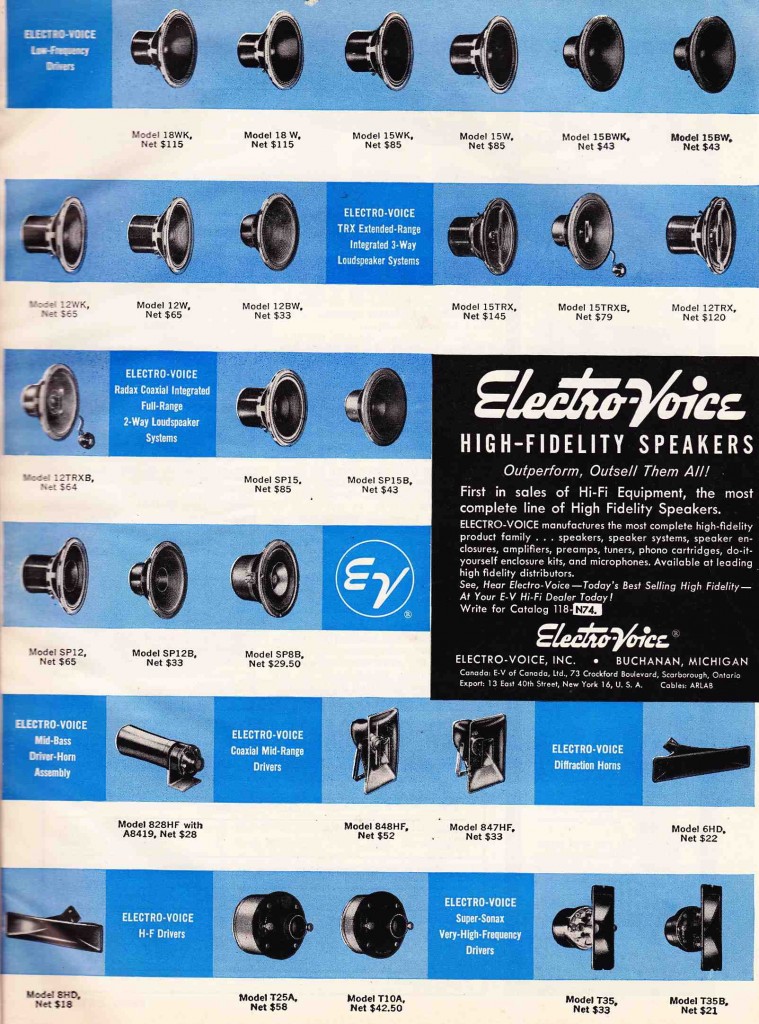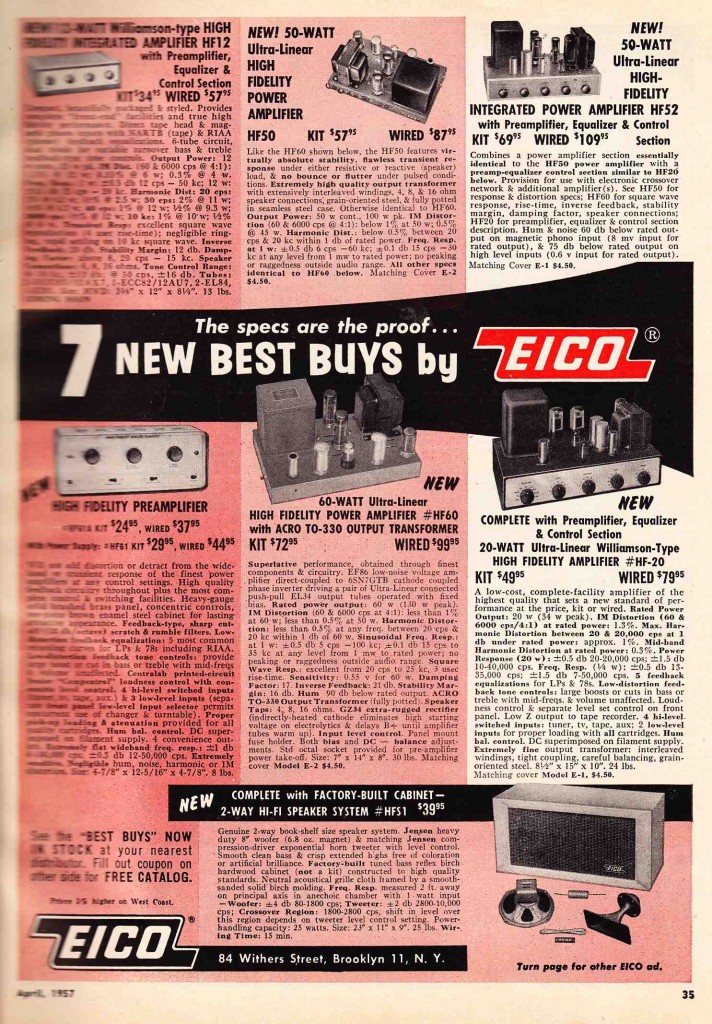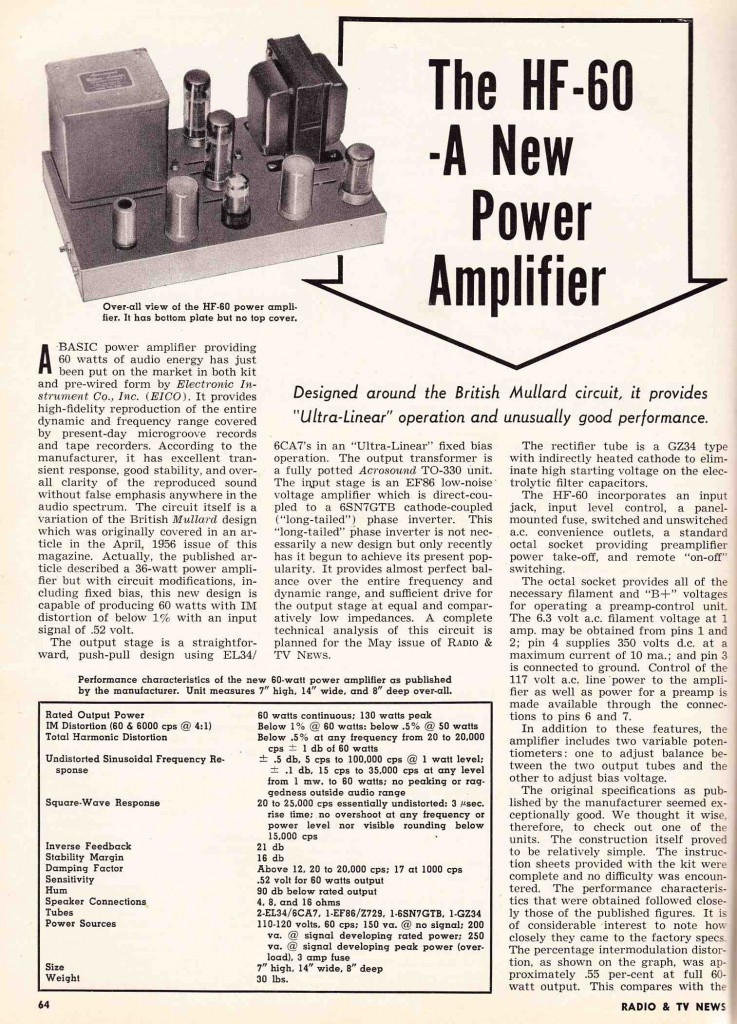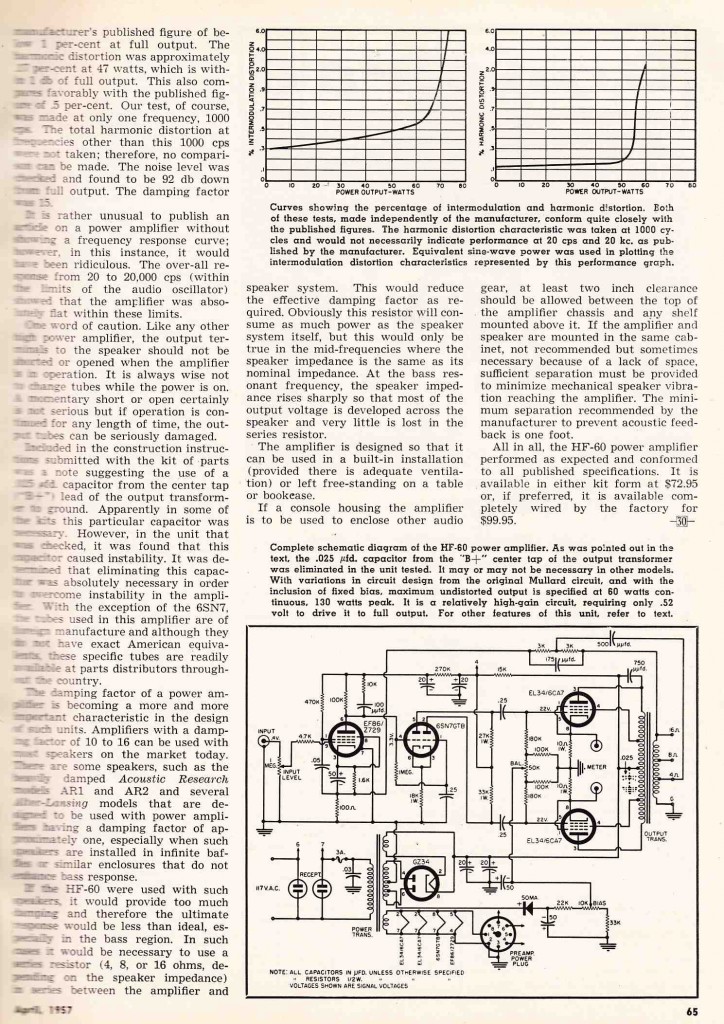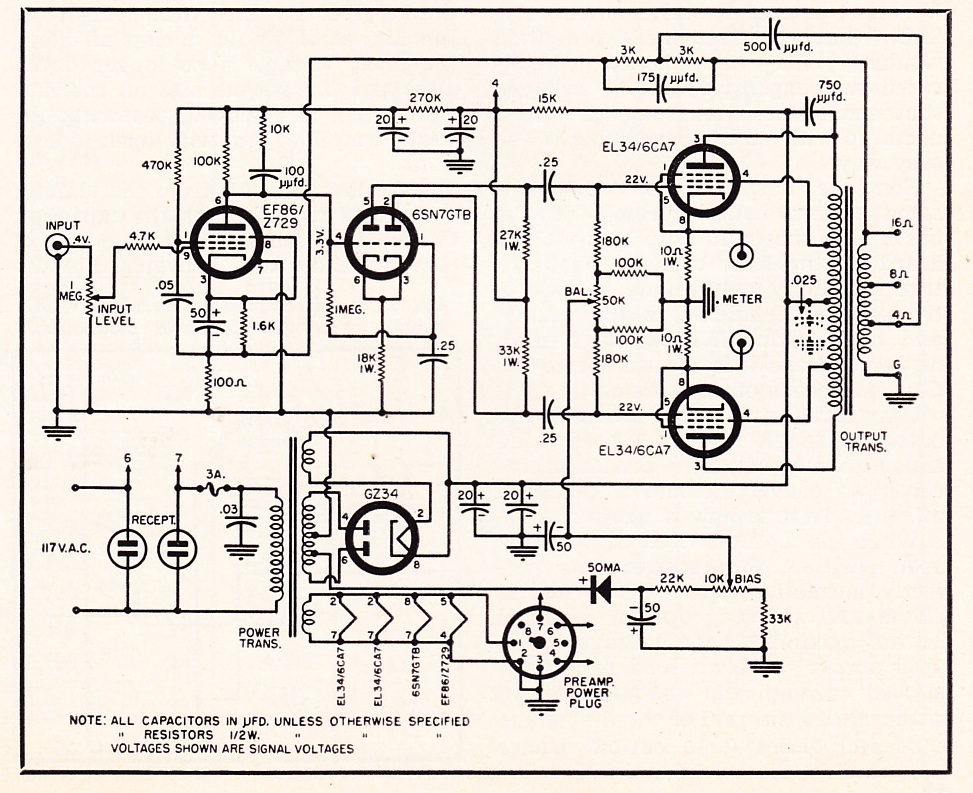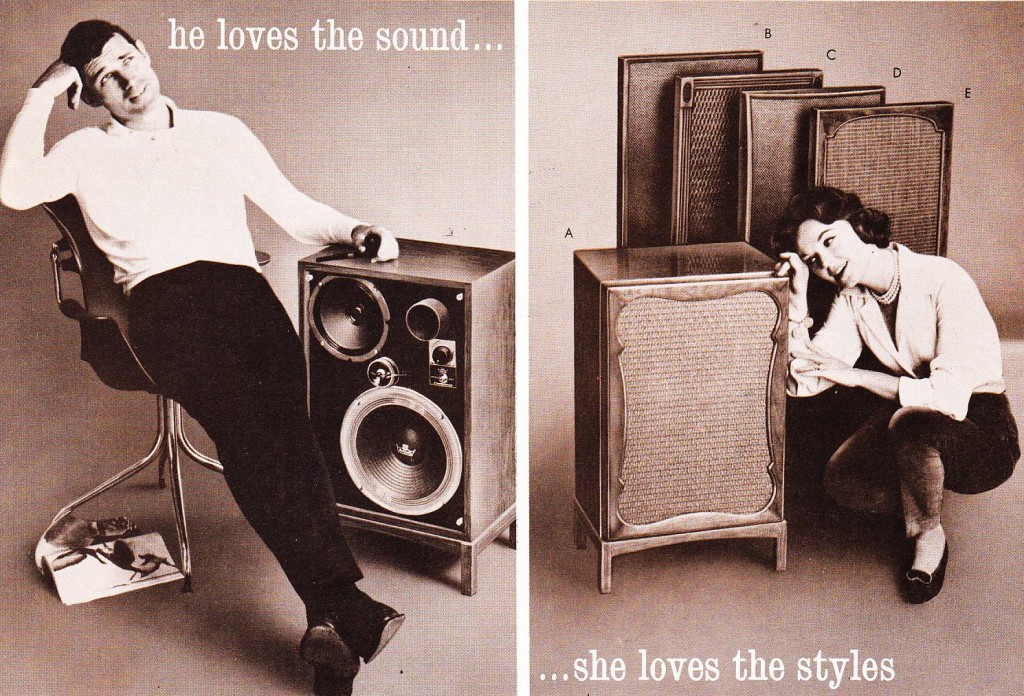 Download the complete 20pp 1963 University Speaker Systems catalog (in two parts due to file size)
Download the complete 20pp 1963 University Speaker Systems catalog (in two parts due to file size)
DOWNLOAD PART 1: University_1963_p1
DOWNLOAD PART 2: University_1963_p2
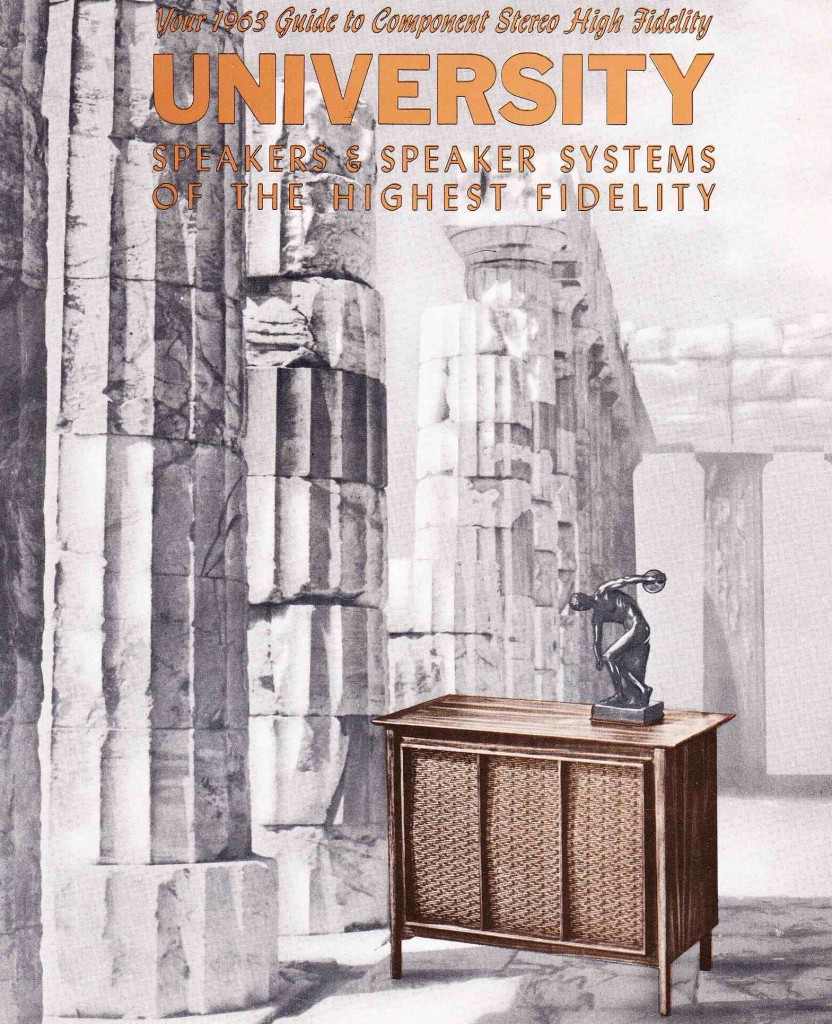 Products covered, with text, specs, and photos, include: University Medallion XII speaker system; Classic Mark II and Classic Dual-12 speaker systems; Companion II, S-80, Companionette, and Mini-Flex, and Mini bookshelf speaker systems; the full range of two-and-three-way coaxial University components including 315, 312, 6201, 200, 308, 200, UC-153, UC-152, UC-123, UC-122, UC0121, and UC-82; and University woofers, midranges, , tweeters, and crossover networks including C-15HC, C-12HC, C-8HC, C-15W, C-8W, HF-206, UXT-5, 4401, C-8M, Sphericon, H-600, Cobreflex, T-30, T-50, N-1 High Pass Filter, N-3 acoustic baton, N-2A and N-2B crossovers, plus more.
Products covered, with text, specs, and photos, include: University Medallion XII speaker system; Classic Mark II and Classic Dual-12 speaker systems; Companion II, S-80, Companionette, and Mini-Flex, and Mini bookshelf speaker systems; the full range of two-and-three-way coaxial University components including 315, 312, 6201, 200, 308, 200, UC-153, UC-152, UC-123, UC-122, UC0121, and UC-82; and University woofers, midranges, , tweeters, and crossover networks including C-15HC, C-12HC, C-8HC, C-15W, C-8W, HF-206, UXT-5, 4401, C-8M, Sphericon, H-600, Cobreflex, T-30, T-50, N-1 High Pass Filter, N-3 acoustic baton, N-2A and N-2B crossovers, plus more.
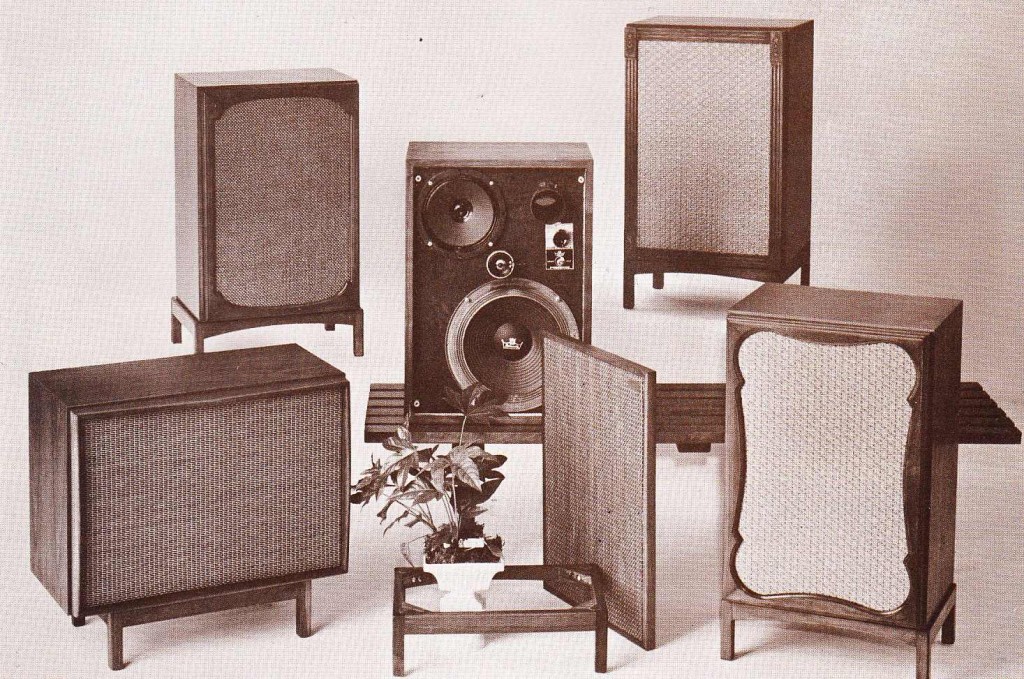 Above, the flagship Medallion XII system in a variety of “select-a-style” grilles. There is a pair of Medallion XII (in French Provincial trim, naturally) on eBay right now for $200. University Sound was founded in 1936, and became part of the LTV_Ling_Altec family of brands sometime before 1963, and eventually became absorbed into the Telex corporation.
Above, the flagship Medallion XII system in a variety of “select-a-style” grilles. There is a pair of Medallion XII (in French Provincial trim, naturally) on eBay right now for $200. University Sound was founded in 1936, and became part of the LTV_Ling_Altec family of brands sometime before 1963, and eventually became absorbed into the Telex corporation.
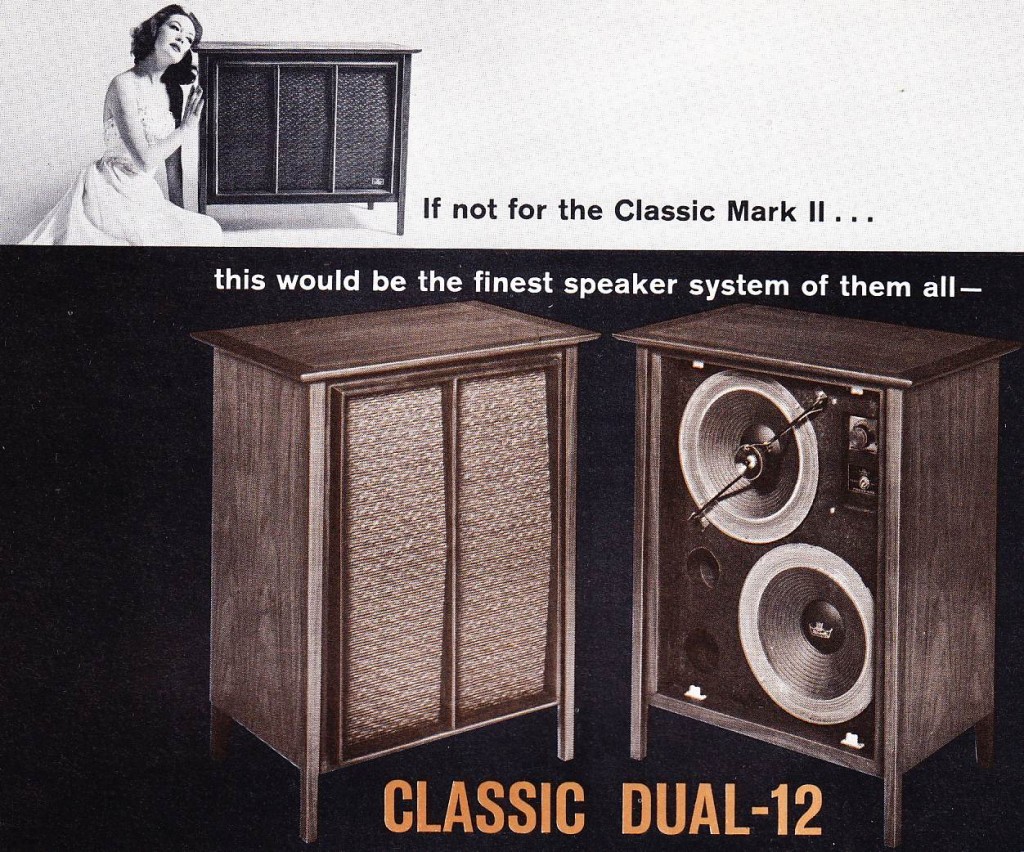 Above, the University Classic Dual-12 system. These things look serious. I currently own a University single-12 system; it is a corner unit from the Mono era; its has very nice cabinetwork and it sounds surprisingly good for a full-range 12″ system.
Above, the University Classic Dual-12 system. These things look serious. I currently own a University single-12 system; it is a corner unit from the Mono era; its has very nice cabinetwork and it sounds surprisingly good for a full-range 12″ system.
This catalog is obsessively dedicated to selling speakers to a male/female couple. Nearly every human image consists of a sample couple in the throes of consideration. Which system to buy for our home? So much to learn. Let University help you. Honestly I can’t read the emotions in these faces. Perhaps early-1960’s people had a different feeling-set than we experience in the (post-Vietnam/LSD/Civil Rights) era. Confused by these photos, anyhow. This series seems to suggest: 1) ‘quiz-show-don’t-know-the-answer’; 2) ‘I’m not really paying attention to you’; 3) (undeserved?) smugness; 4) ‘we’re on a boat, and you’ve been naughty.’

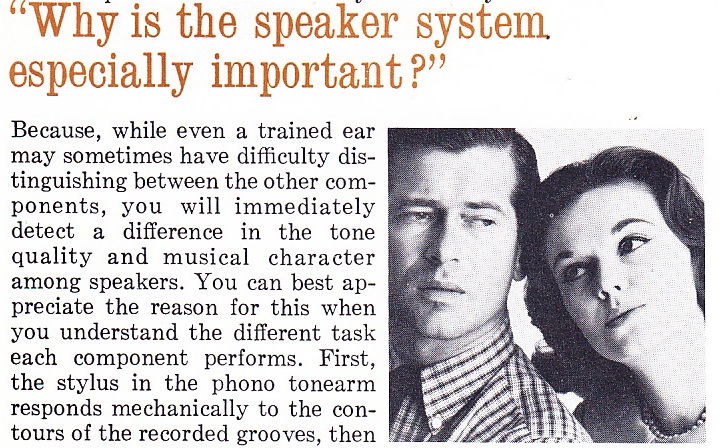
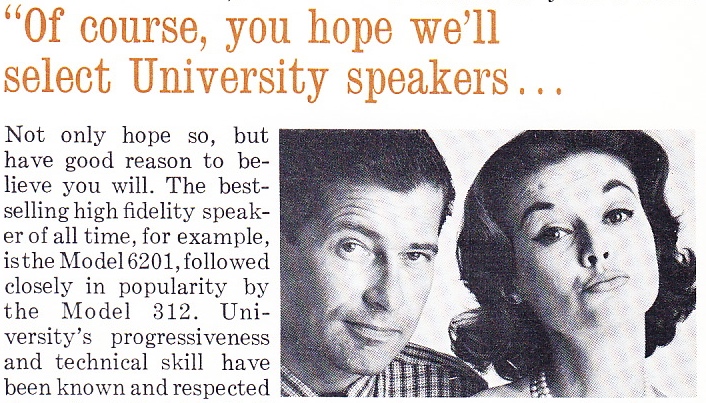
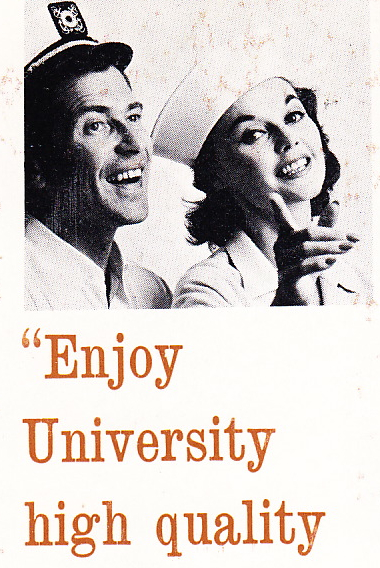
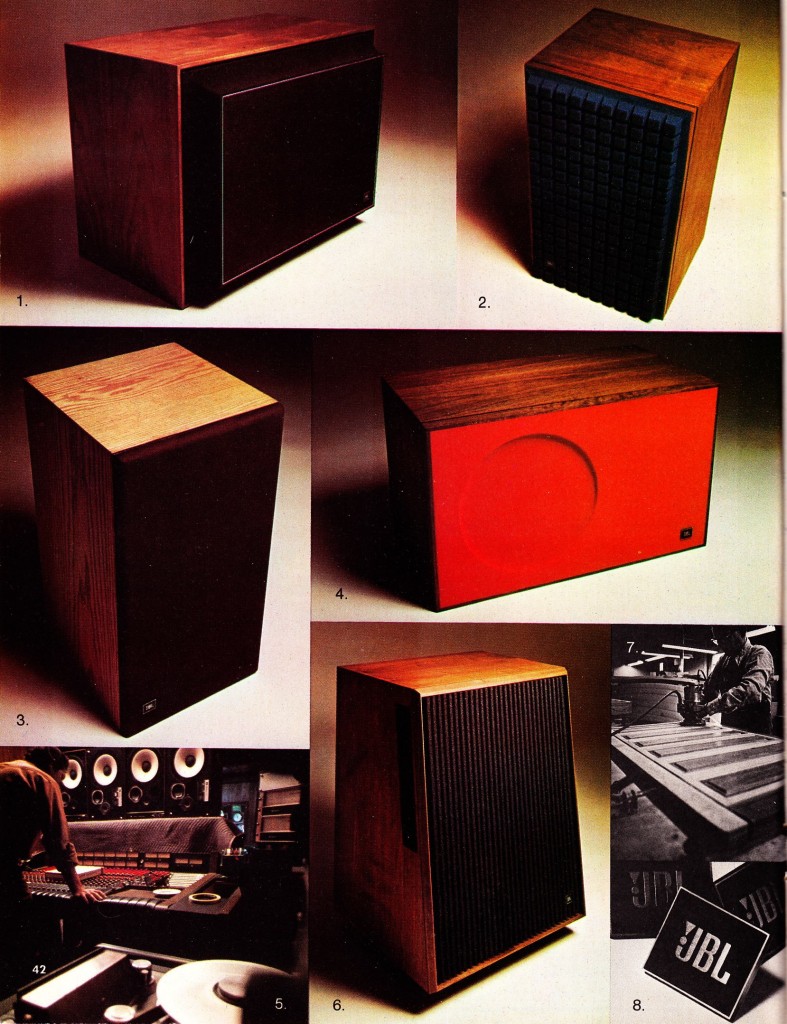
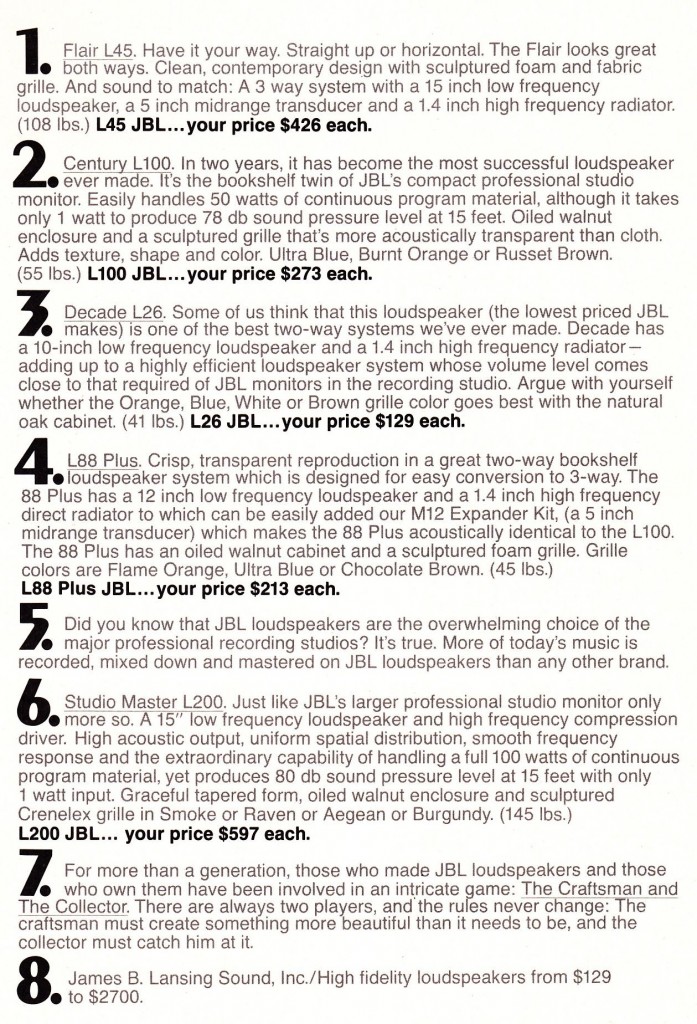 Above, JBL Flair L45, Century L100, Decade L26, L88 Plus, Studio Master L200.
Above, JBL Flair L45, Century L100, Decade L26, L88 Plus, Studio Master L200.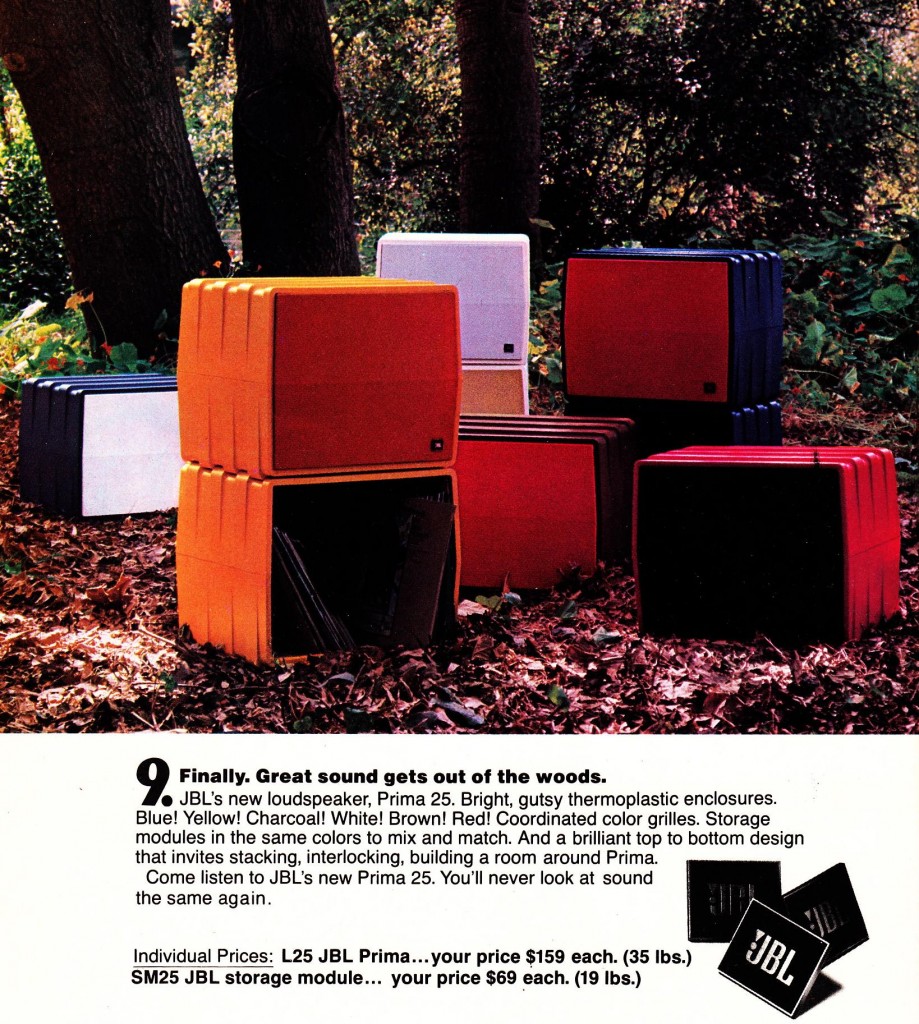 And last but not least… The L25 Prima! JBL’s plastic-cased speakers circa 1974. With optional coordinated record-bins. This one’s for you MT. You still got these things?
And last but not least… The L25 Prima! JBL’s plastic-cased speakers circa 1974. With optional coordinated record-bins. This one’s for you MT. You still got these things? 